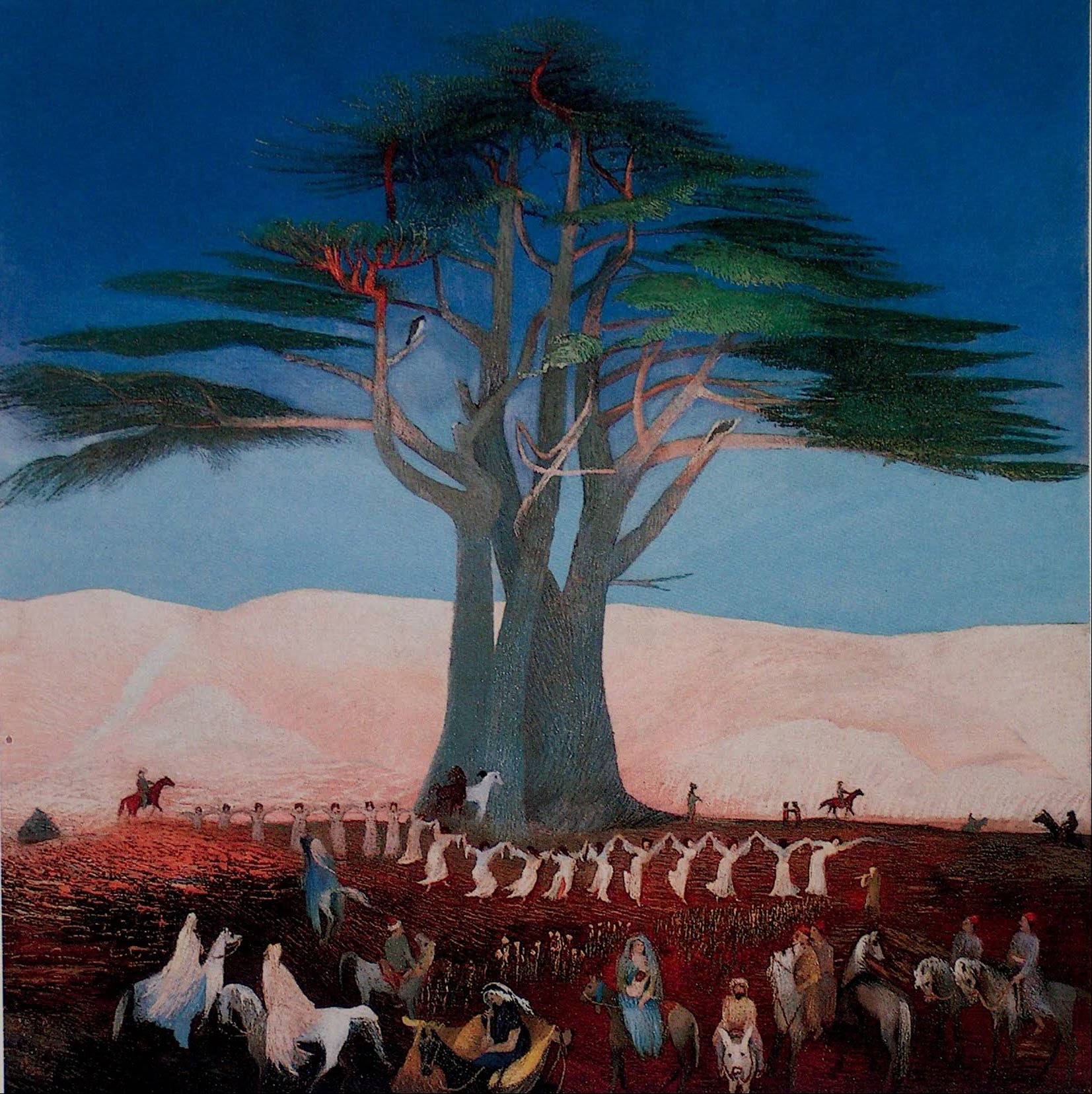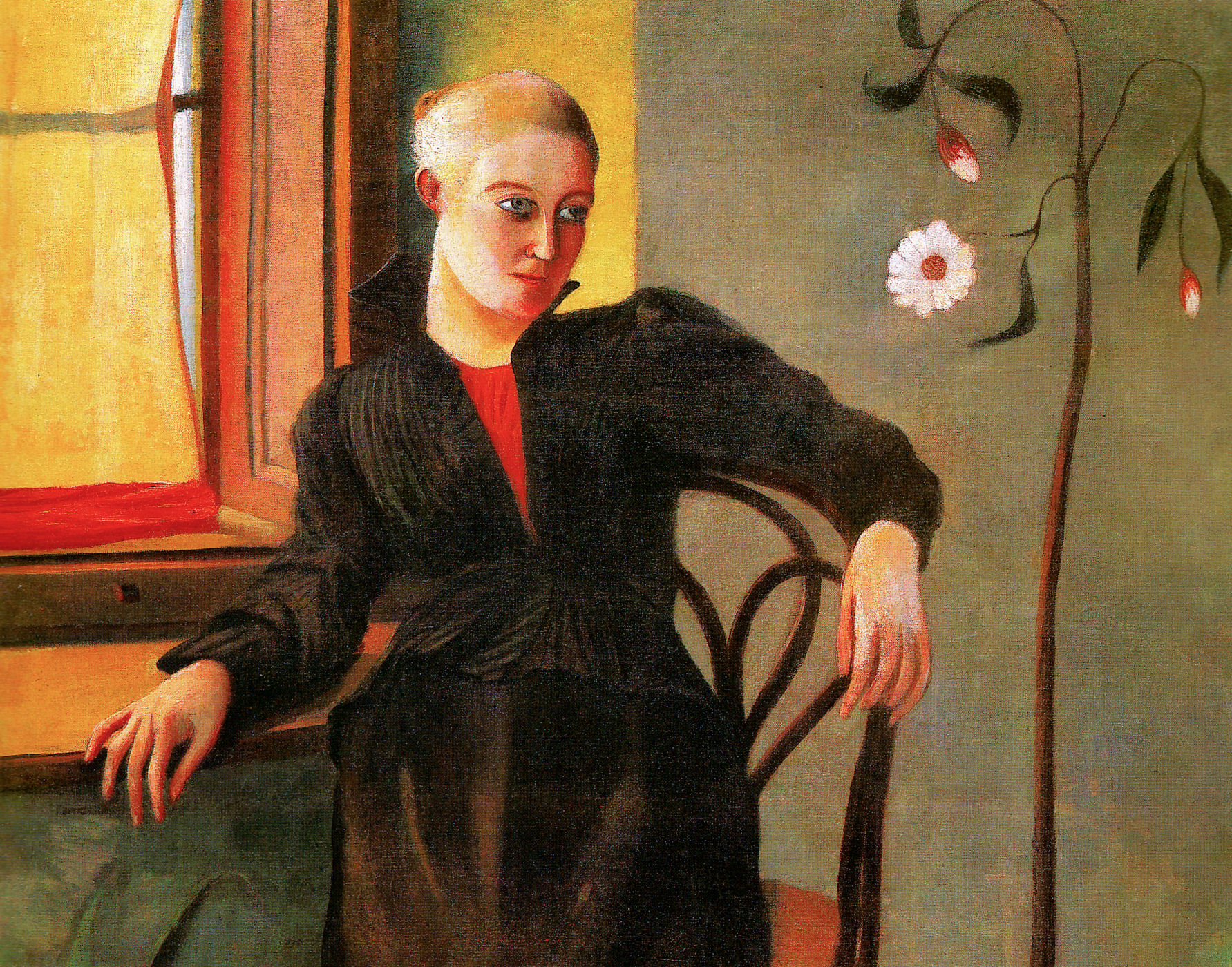Due to his life pattern, conviction, and his individual, missionary art, Tivadar Csontváry Kosztka became an emblematic figure of Hungarian painting. Previously a pharmacist, he was already in his 40s when he began his artistic studies in Munich in 1894. After that, he travelled a lot to find the “great topic” for his art. His cedar pictures created in Lebanon, just like the pilgrimage, are the key pieces of his oeuvre. Their symbolic force, on the one hand, come from their strong confessional value and can also be taken as hidden self-portraits; while on the other hand, they can be translated as general symbols. According to the then popular, Hungarian historic tradition, cedars played a salient role in Hungarian prehistoric mythology, so in a sense, Csontváry gave shape to a national program. Csontváry’s painting technique represents his peculiar worldview as well: the animation of the earthly region is suggested by the broad impasto brushwork of thickly applied paint, while he painted the heavenly spheres with increasingly homogeneous and smooth surfaces.
Although more connected to Hungary, this painting reminded me of the tragedy that happened in Beirut a month ago. It still leaves me speechless. We hope this beautiful city will rise like a phoenix from the ashes.
P.S. There were other artists in art history who depicted a pilgrimage, check these examples: a mythological one by Jean-Antoine Watteau and a scene of the early history of the American colonies.


 Tivadar Csontváry Kosztka
Tivadar Csontváry Kosztka